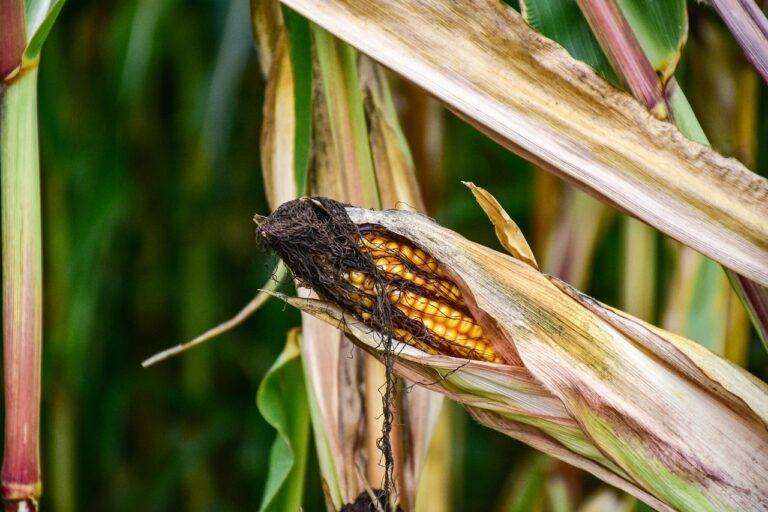The Influence of Food Packaging Materials on Environmental Sustainability
Plastic food packaging is commonly used due to its convenience and low cost, but it poses a significant threat to the environment. The production of plastic generates greenhouse gas emissions and contributes to global warming. Additionally, plastic packaging often ends up in landfills or oceans, where it takes hundreds of years to decompose, releasing harmful chemicals into the environment.
On the other hand, paper-based packaging is considered more environmentally friendly than plastic. Paper can be easily recycled and biodegraded, reducing the amount of waste that ends up in landfills. However, the production of paper packaging also has its drawbacks, such as deforestation and the high water and energy consumption required in the manufacturing process. Balancing the environmental impacts of different packaging materials is crucial in promoting sustainability in the food industry.
The Role of Biodegradable Packaging in Promoting Sustainability
Biodegradable packaging has emerged as a promising solution to the environmental issues caused by traditional packaging materials. By utilizing biodegradable materials that break down more quickly in the environment, this type of packaging helps reduce the amount of waste that ends up in landfills or oceans. Additionally, the production of biodegradable packaging often involves fewer greenhouse gas emissions compared to conventional plastic production processes.
Furthermore, the adoption of biodegradable packaging plays a significant role in promoting sustainability within various industries. As businesses and consumers become more aware of the environmental impact of packaging materials, there is a growing demand for eco-friendly alternatives. Biodegradable packaging not only meets this demand but also aligns with the global push towards more sustainable practices in packaging and waste management.
What are some common types of food packaging materials?
Some common types of food packaging materials include plastic, glass, metal, and paper.
How do these different types of food packaging materials impact the environment?
Plastic packaging materials are known for their long decomposition time and contribution to plastic pollution. Glass and metal can be recycled, but the production process can be energy-intensive. Paper packaging can be sustainable, but it often requires cutting down trees.
What is biodegradable packaging?
Biodegradable packaging is packaging that is designed to break down naturally in the environment, reducing waste and pollution.
How does biodegradable packaging promote sustainability?
Biodegradable packaging helps reduce the amount of waste in landfills and minimizes the environmental impact of packaging materials. It also encourages the use of renewable resources and reduces the consumption of fossil fuels in the production process.
Are there any drawbacks to using biodegradable packaging?
Some biodegradable packaging materials may require specific conditions to break down properly, such as composting facilities. Additionally, the production of biodegradable materials may still have some environmental impact.
What can consumers do to support the use of biodegradable packaging?
Consumers can choose products that are packaged in biodegradable materials, support companies that prioritize sustainability, and properly dispose of biodegradable packaging to ensure it breaks down efficiently.





